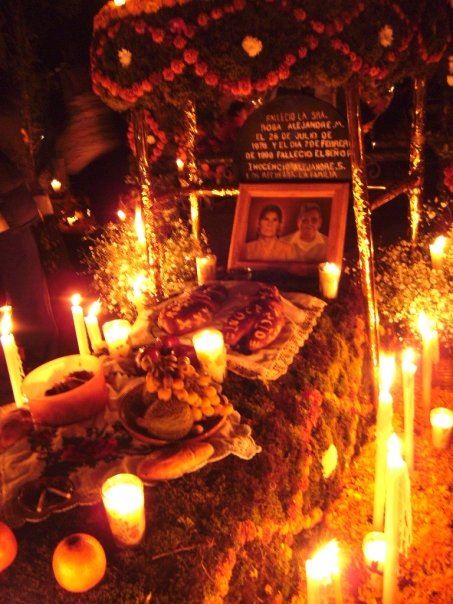
Day of Skulls: a Bolivian ritual
In North America, the day after Halloween means crumpled costumes, outdated Jack-O-Lanterns, and tummy aches. You’re more likely to dress up as a skeleton than dig one up.
It’s a bit different in Bolivia.
Here, death isn’t feared. It’s celebrated. And the first week of November, in some parts of the country, is all about the deceased. According to traditional Andean belief, life is circular rather than linear: when you disappear from the human world, you continue to exist in the spirit world. During the Inca’s reign, communities would parade mummies of past rulers and priests in reverence. But the pre-Colombian ritual goes back even further. Aymara and Quechua cultures—which still exist in Bolivia, a country where more than 60 percent of the population is indigenous—were practicing ancestral sacraments long before Cusco rose to glory. And, to some degree, continue to do so today.
It’s called Dia de los Natitas. Day of the Skulls. An aptly named celebration that takes place mainly in cemeteries where some locals gather to remember past loved ones with music, foods, and offerings. Enjoying it alongside the living is a prized assortment of human skulls, often adorned in festive apparel.
While many of South America’s coastal cities have swept into modernity with supersized stadiums, modern transportation, and world-class museums (think: Buenos Aires, Rio de Janeiro, and recently Lima), the interior of the continent is landlocked by craggy mountains and desolate deserts. Location contributes to Bolivia’s extreme poverty, but it has also sheltered indigenous culture from the onslaught of Western influence. Here, Andean beliefs continue to collide with Catholicism, a combination that’s been reoccurring since the conquest to form an intriguing cultural blend.
The skulls used during Dia de los Natitas come from various sources. Some are exhumed. Others have been passed down through the family, generation by generation. Not all of the skulls necessarily belong to the ancestors and deceased being honored. However, these contradictions don’t bother the faithful, who are equally comfortable in a chapel as in the cemetery showering skulls with candies, flowers, and trinkets in exchange for good luck from beyond the grave.

Dia de los Natitas comes just a week after, and in some cases is the culmination of, Dia de los Muertos, Day of the Dead. Falling each year on November 1, and in some places spanning from the 31 until the 2, Day of the Dead is also dedicated to past loved ones. Mainly celebrated in Mexico, several places in South America also participate.
In Peru, thousands gather at Cementerio de Nueva Esperanza, a massive cemetery on the outskirts of Lima. Participants are primarily migrants from the countryside who’ve come to the capital for its economic opportunity. Makeshift alters and gifts are arranged on graves, gifts to the deceased who are given these special days to come back and visit the living. In Peru, the celebration tends to include processions and shaman, who help the live and dead communicate.
Photo Credit: David M., author